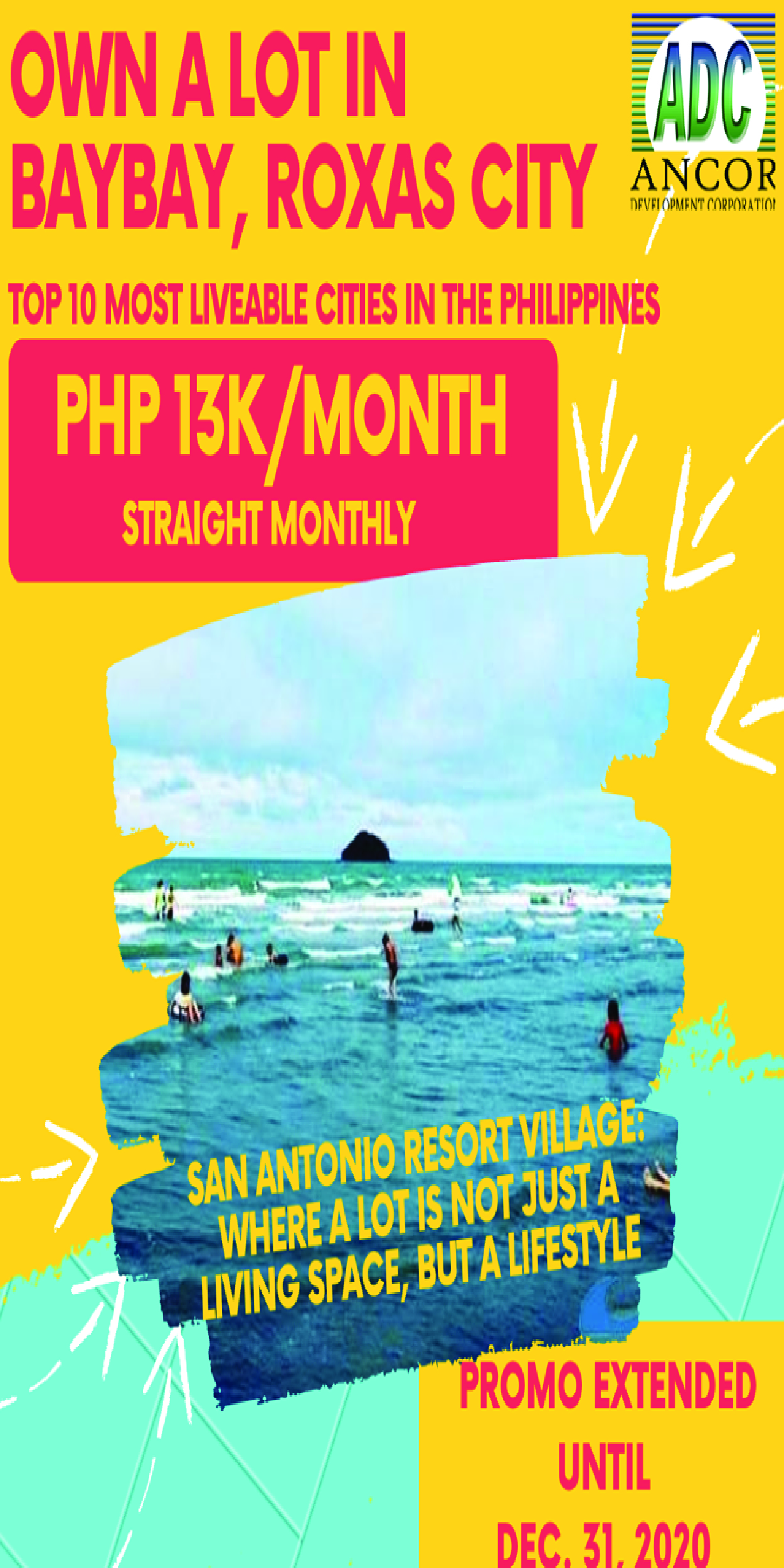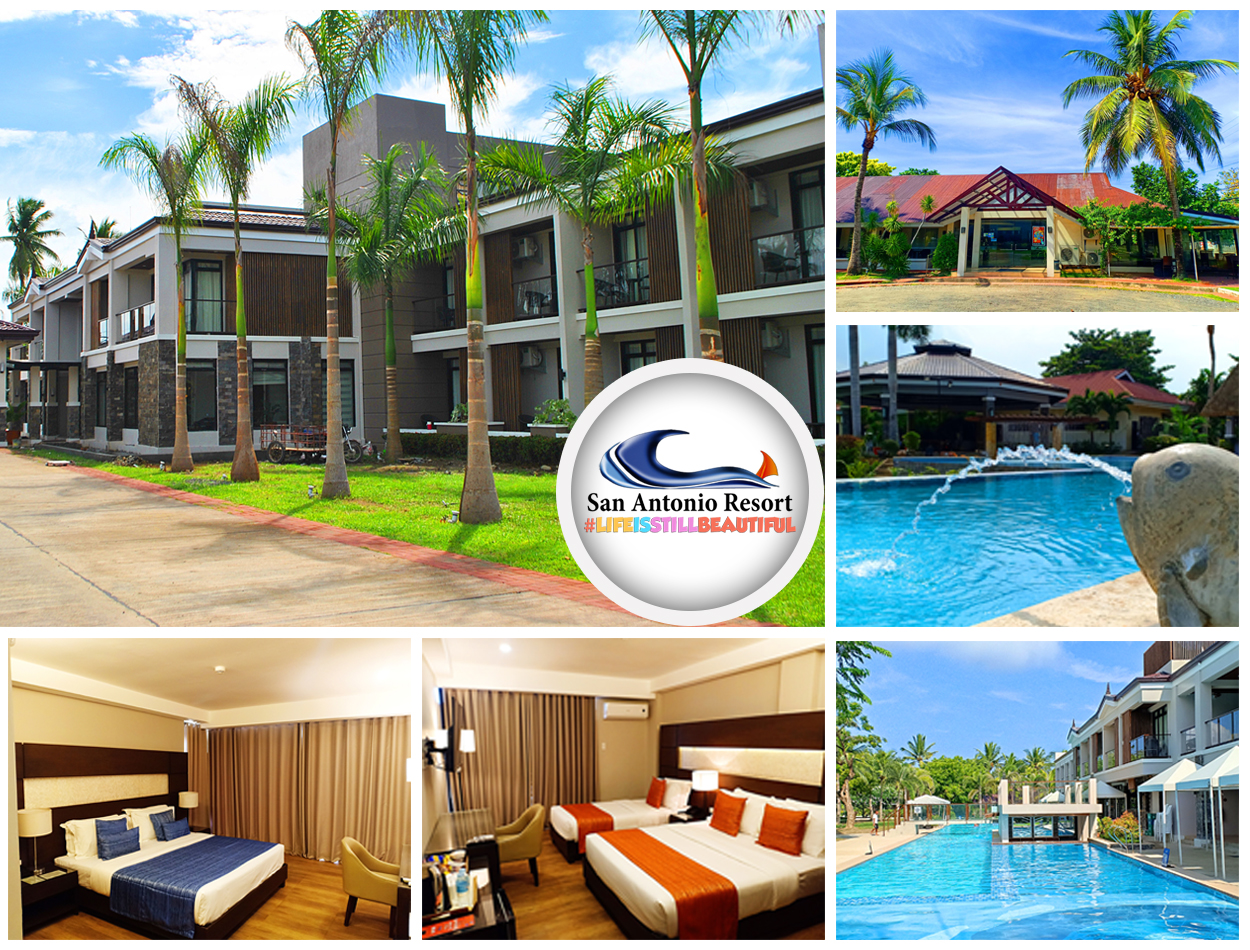
Unknown to many, this 2021, the municipality of Sigma, Capiz is celebrating its 260th foundation year as a town in the Province of Capiz.
As a fitting tribute to this historic milestone, let us rediscover the glorious past of the small town which has produced distinguished men and women in Capiz history.
The history of Sigma and the Municipality of Mambusao are connected since the latter was the mother pueblo. Hence, it is relevant to discuss the history of Mambusao.
The old name of Mambusao was Tepec (some documents spelled it Tipic) which was Hiligaynon/ Capisnon word which means “to pare off, or to separate one thing from another.” On the other hand, Mambusao came from the word “busao’ which means spring, stream, etc. It also means a very painful urination (ginabusisao).
The pueblo of Mambusao was founded in 1590, however, it was annexed to Batang (now Batan, Aklan) and had not gained its independence until February 15, 1606, when Don Pedro Bravo de Acuña, the 11th Governor-General of the Philippines, on the day before going on his expedition to Moluccas, and at the request of Bishop Pedro de Agurto O.S.A, the first Bishop of the Diocese of Cebu (1595–1608), wrote to the Provincial of the Augustinians asking him to assign a priest in this town which was fulfilled in 1607.
Then later they annexed it to Dumalag in 1650 but were separated in 1653.[] They united it to Dumalag in 1650, but in 1653 they separated it again; On September 24, 1759, they gave it, with Batang, to the Recollect Fathers who administered it until 1793, and exchanged it for the Island of Siquijor.
In the 1700s, the newly created Mambusao Parish under the advocation of Saint Catherine of Alexanderia already had 1,200 tributes with five visitas namely Sigma (San Juan de Bautista) Tingga/Tunga (San Nicholas de Tolentino), Hagnaya/Jagnaya (San Tomas de Villanueva and Hamindang (San Sebastian).
By 1714, the Mambusao had 930 tributes. Of which the cabecera (Mambusao) had 335 tributes under seven Cabeza de barangays. In the visits of Tunga, its Saint Titular San Nicolas de Tolentino had 110 tributes under four cabeza. The visita of Jagnaya and its patron is Santo Tomas de Villanueva, made up of 110 under four cabeza. The visita of Hamindang consisted of 160 tributes under four cabeza, its Saint Titular is San Sebastian. And the visita called Sigma was made up of 280 under four cabeza, patron saint was San Juan Bautista.
According to the oral accounts, the establishment of a new visita was mainly because that the territory under the pueblo of Mambusao, formerly Tepec, was so vast that the descendants of Datu Antonio Monahan and Datu Pedro Vesera suggested to the Spanish missionary to establish a visita (mission station) in the East. Hence, they went down the Mambusao River and selected the proposed site for the new town. This plain near the creek was ruled by Datu Cayongyong Mahinay, which was a powerful Datu in the region. This place comprised the present-day Barangay Guintas, Itayog, Pinamon-an, and Tipic (in Sigma).
Datu Cayongyong Mahinay was popularly known to his followers as Datu Sicma because he had recurrent colds and often seen blowing his nostrils (nagasicma). This Datu lived in the place called Tipic (same meaning as Tepec, “to pare off, or to separate one thing from another”), thus the creek near his place was called Sigma can be traced to the word Sicma. By which the new visita, later on became a pueblo and until today was known as Sigma. Upon the recommendation of Datu Pedro Vecera and Datu Antonio Monahan, Datu Cayongyong Mahinay became the community leader of Sigma.
It was agreed among the ruling Datus that the newly established visita should be comprised of the regions from Halawig stream going to the North to the mountains of Namocawan and the regions ruled by Datu Bayhonan (now Barangays Oyong, Matangcong, Acbo and Sitio Sinandigan, Barangay Mianay) going to the south straight to the mountains of Agnato (now the Barangays of Tawog, Mangoso, Mansacul, and Pinamalatican), the region ruled by Datu Campos Mabilon, and Datu Palacan including Angub and Quinabcaban; onward to the east up to the regions ruled by Datu Bulac Macalisang which included the region from the junction of Angub stream and the western banks of Panay River until the Mambusao River.
This included the present poblacion of the town of Dao; thence to the mountains of Bangonbangon or the regions ruled by Datu Uncas Talete; thence to Agcawayan and the regions ruled by Datu Curayan and to the north to the headwaters and the source of today’s Oyong Creek, (included were Mianay and Parian).
As mentioned, the western boundary included the present poblacion of Dao, of which the Spanish Friars hoped to establish another visita to the east between the junction of Panay and Mabusao Rivers. In order to do so, they requested the datus to move the boundary of Sigma in the east to the western banks of Balucuan Creek thence going south of Angub, to the present Barangay of Matinabus and the mountain known as Papa Odling.
In 1744, Saint John the Baptist Parish was founded as an independent parish and Agustian Friar Felix de Velasco, a native of Granada, Spain, was the first parish priest and the only Augustinian friar ever assigned in Sigma. However, after a year, Sigma Parish was reverted back a visita and its parishioners heard mass with the curate of Mambusao. After Velasco, the next recorded priest was Don Antonio Anselmo Santiago who served the Sigmahanons from 1838-1855.
Eventually, in 1761, seventeen years after the establishment of Saint John Parish, Pueblo de Sigma was separated from Mambusao. The National Historical Commission of the Philippines confirmed and recognized 1761 as the founding year of Sigma.
The first recorded Capitan Basal was Don Simeon Raymundo in 1793, the first gobernadorcillo was Don Felix Javines from 1861-1862, Don Tomas Javillo was the first Capitan Municipal from 1895-1897, Presidente Local during the Revolutionary Period was Don Mariano Isiderio (1898- November 1899); first Municipal President, Don Bernardino Protasio (1901-1903); First Municipal Mayor, Don Simeon Bidiones (1938 –1940) and Mayor Leoncia Abella Vito-Villanoy, Civilian Resistance Municipal Government of Sigma under Free Panay and Romblon of Iloilo Governor Tomas Confesor (April 20, 1942- October 6, 1944).
Through the years, Sigma became the cradle of revolutionaries and freedom fighters. During the Philippine Revolution, the likes of General Juan Arce (the hero of the Battle of Balisong), Colonel Ruperto Arce (Military District Commander of Olongapo), Raymundo Calmerin, Venancio Adrias, Antero Gallardo, and Toribio Javil.
During the Philippine-American War Gen. Saturnino Javillo and Donato Jamison fought against the Americans. The Sigmahanons led by Mayor Leoncia Abellavito-Villanoy, 3Lt. Jayme Alba, 3Lt. Tejido Francisco, Pvt. Pablo Alba and Pvt. Jesus Alimen resisted the Japanese.
In the field of leadership and governance, we have Datu Cayongyong Mahinay, Don Tomas Javillo, Governor Antonio J. Reyes, Rep Agustin Aldea, Rep. Vicente J. Andaya, Jr., and Assemblyman Pedro G. Exmundo.
There are so many unsung Sigmahanons, both living and dead, who brought honor and prestige to our town.
Hence, it is about time for us Sigmahanons to look back to our history, culture and heritage. We can only navigate well our path when we really discover who we are as a people and a community. Happy fiesta! Viva Señor San Juan! Viva!*
(References: Juan Fernandez, Monographs of the Towns in Panay (Iloilo City: University of San Agustin Publishing House, 2006; Hispano- Agustino y Boletin Oficial, Vol XI-January 1919; Hispano-Agustino y Boletin Oficial, Vol XIX Enero-June, 1923; Historical Data of the Municipality of Sigma and Her Barrios; Manuel Buzeta, Diccionario Geografico, Estadistico, Historico de Las Islas Filipinas; Madrid : Imprenta de J.C. de la Pena,1850-1851; Gaspár de San Augustín. Conquistas de las Islas Philipinas: la temporal, por las armas del señor don Phelipe Segundo el Prudente, y la espiritual, por los religiosos del Orden de … San Augustin : fvndaciòn, y progressos de av Provincia del Santissimo Nombre de Jesus, parte primera. Madrid: Imprenta de M. Rviz de Mvrga, 1698.)






